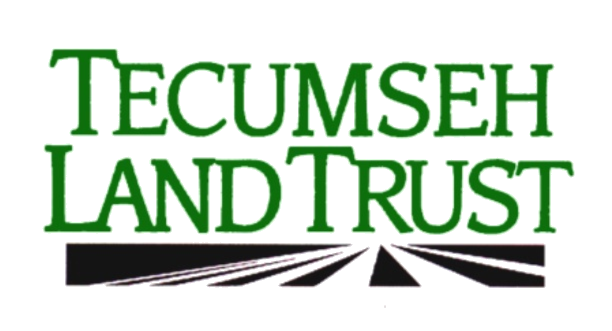Donated Easement in South Vienna & the How an Income Tax Deduction Can Help
Greg Powell recently donated a conservation easement on his Pleasantview Farm near South Vienna. The property consists of 131 acres of farmland and 12 acres of mature woodland. The majority of the soils on the farm are considered prime or locally important by the U.S. Department of Agriculture, making this very productive land. Pleasantview Farm is contiguous to 877 acres of other protected property and not far from Buck Creek State Park, which is exactly the land preservation model TLT strives for. Greg said that he chose to protect the farm because “I just wanted to leave it to my grandkids and didn’t want it to be developed by the city.” Multigenerational family farms are the heart of the heartland and we’re happy to help protect these critically important soils!
With the increasing pressures on the rural countryside to convert farmland to other uses, it’s ever more important to continue supporting those who wish to maintain their way of life and preserve the natural beauty that surrounds them. Donating a conservation easement is a simple way to do just that. Donating a conservation easement involves the landowner and the land trust, without the requirements of state and federal funding sources. By foregoing being paid the value of the easement, the landowners receives a tax benefit for donating the easement. The landowners can deduct 50% of the appraised easement value against their AGI for 16 years. Qualifying farming and ranching landowners can deduct 100% of the appraised easement value against their Adjusted Gross Income (AGI) for 16 years. TLT receives 1-2 donated easements per year, but would certainly like to do more. “Protecting land through donated easements is faster and easier than using the purchase programs,” says TLT’s executive director, Michele Burns. The process is more streamlined and there are fewer parties involved, which in and of itself makes it simpler. TLT is ready to assist any landowner, like Greg, who wants to discuss land preservation opportunities.
